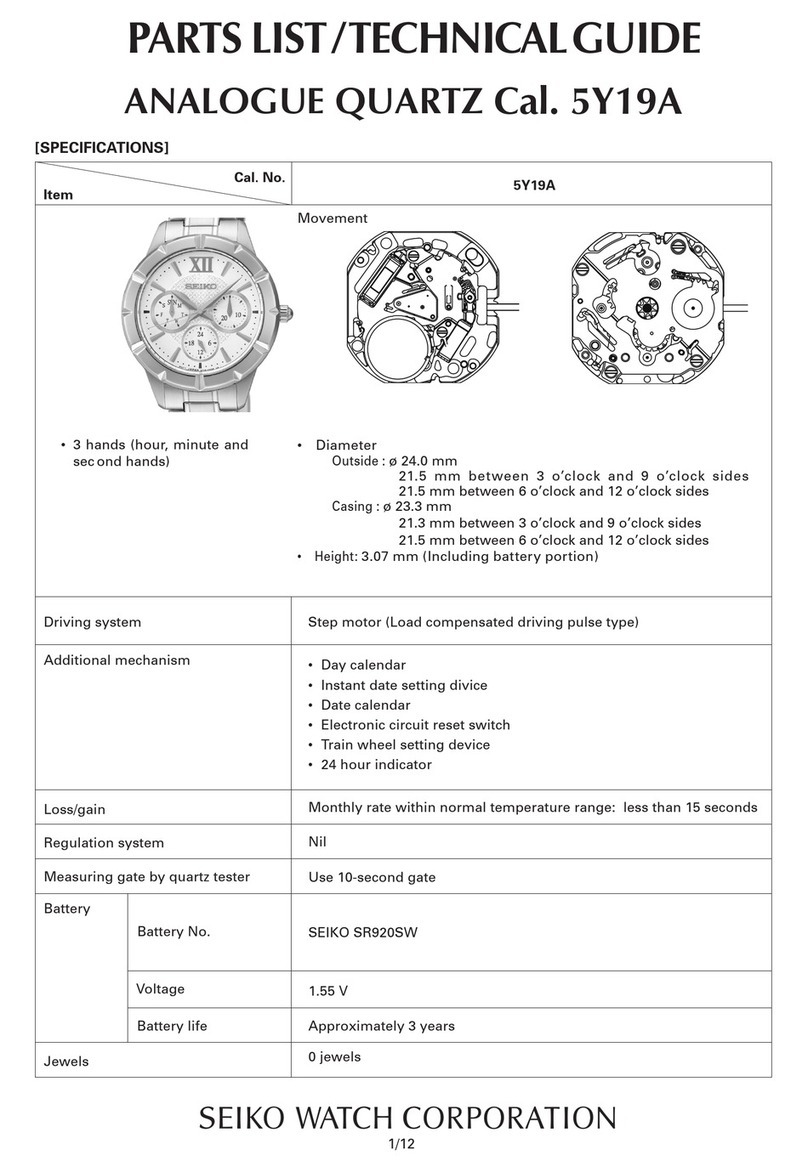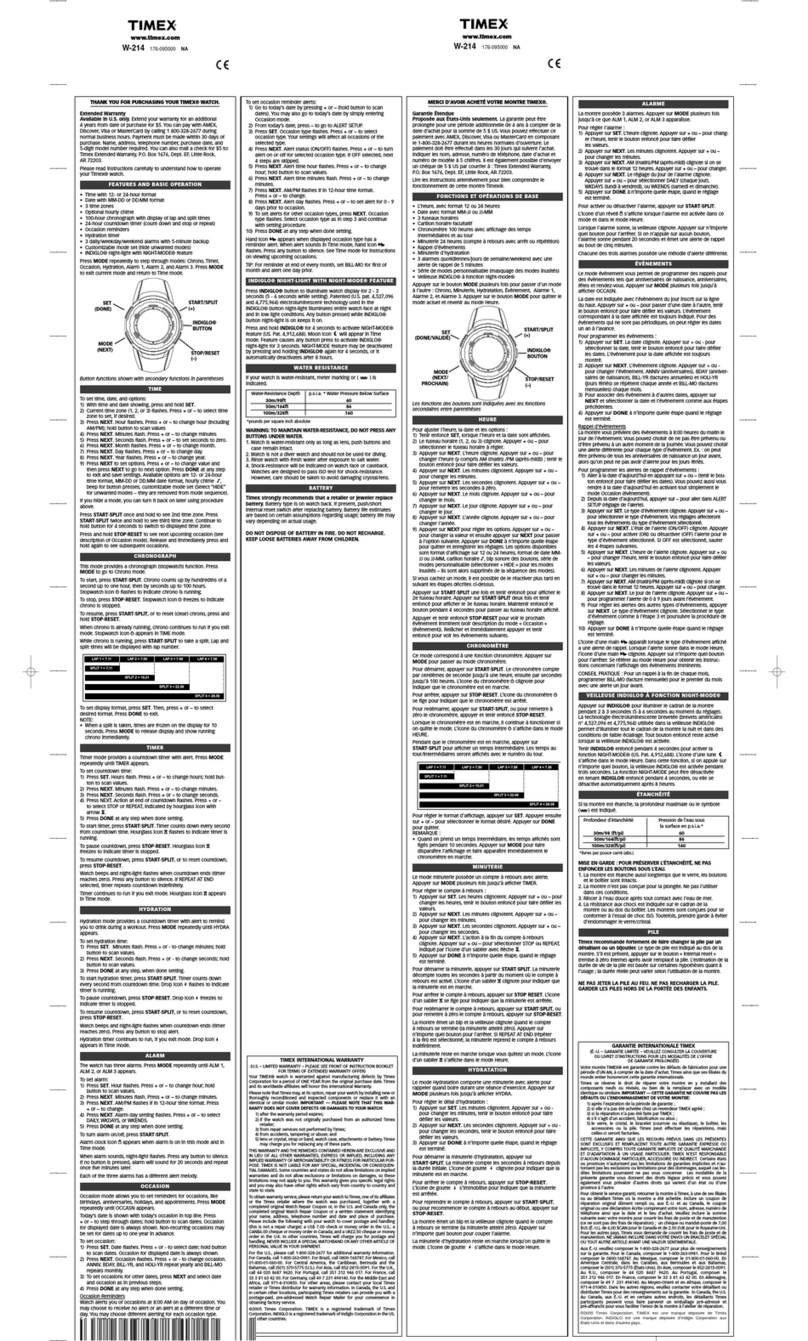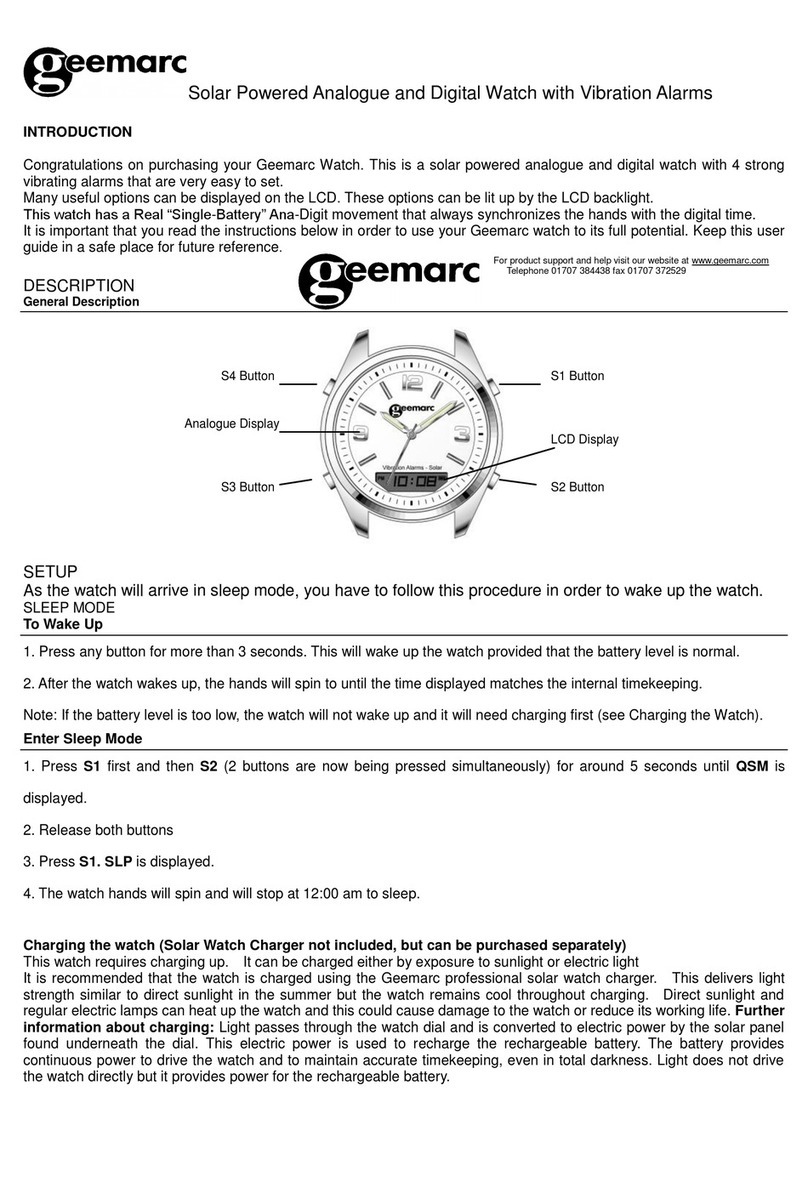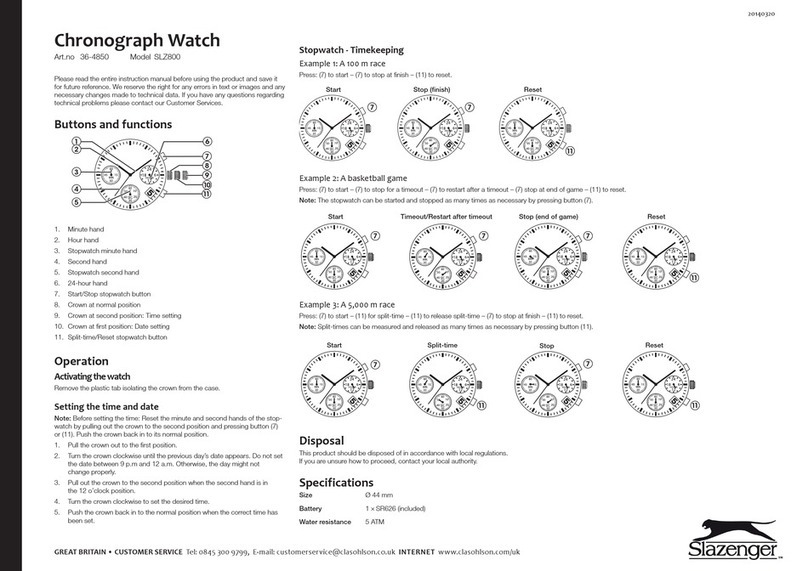Seiko YT57B Quick start guide
Other Seiko Watch manuals

Seiko
Seiko Astron 8X53 Assembly instructions

Seiko
Seiko Cal. 5M82 User manual
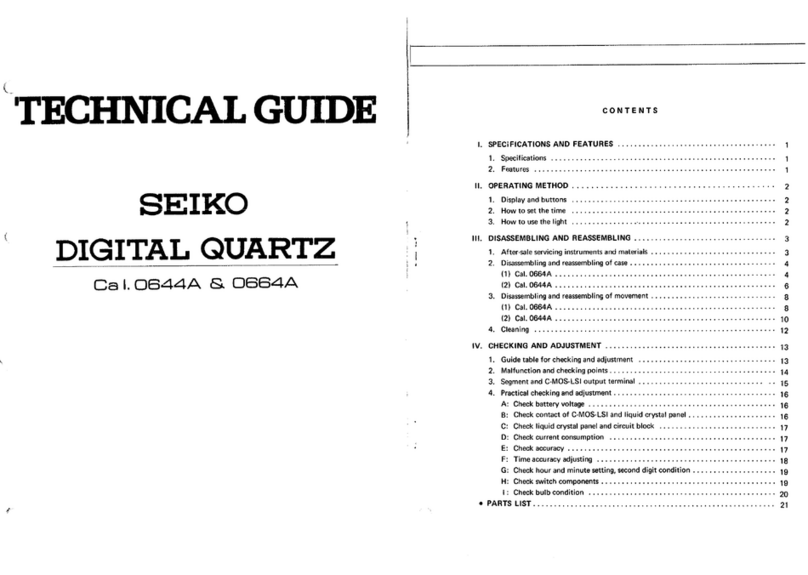
Seiko
Seiko 0664A Quick start guide

Seiko
Seiko 4F32A Quick start guide
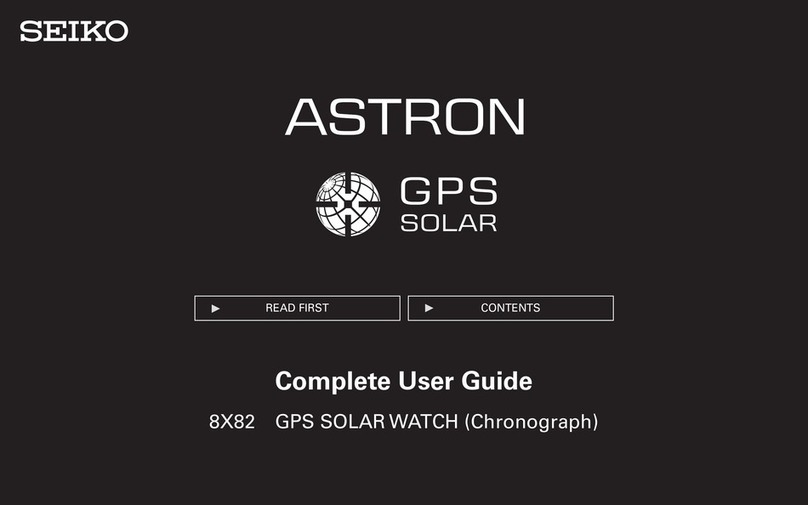
Seiko
Seiko ASTRON 8X82 GPS SOLAR User manual
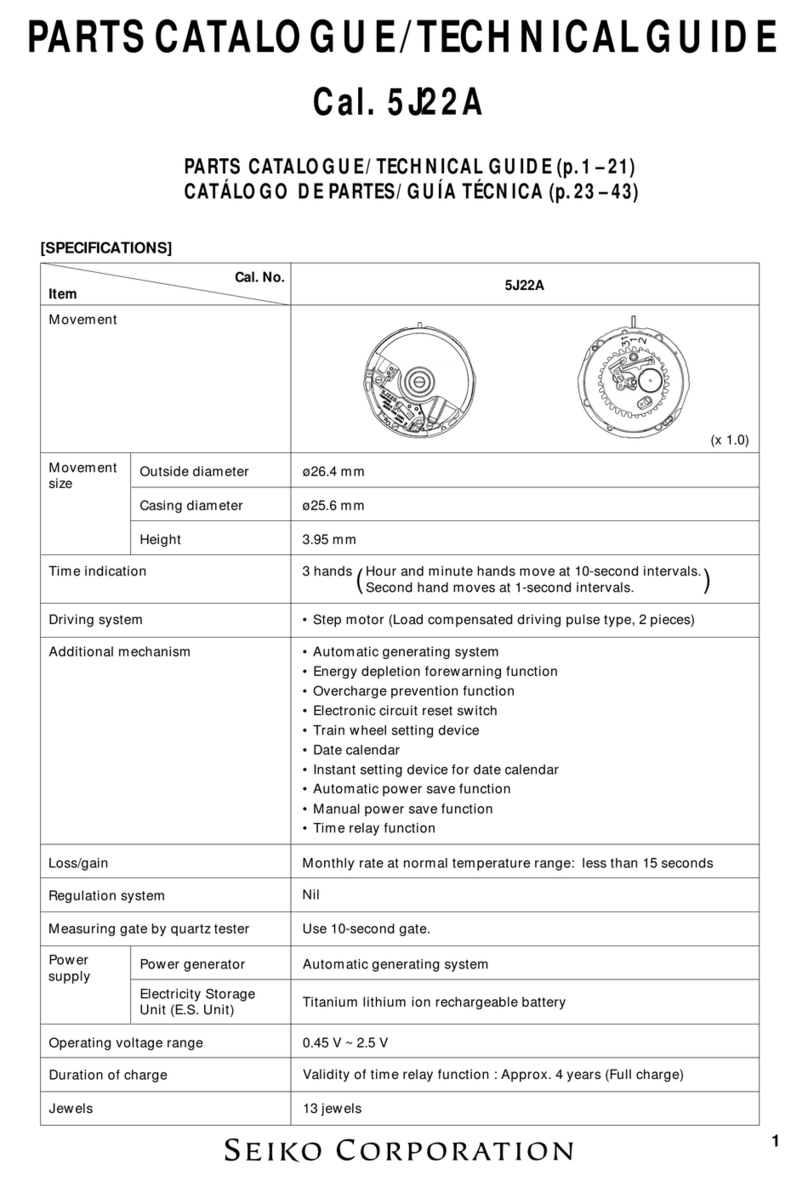
Seiko
Seiko 5J22A Quick start guide

Seiko
Seiko 8F35 User manual
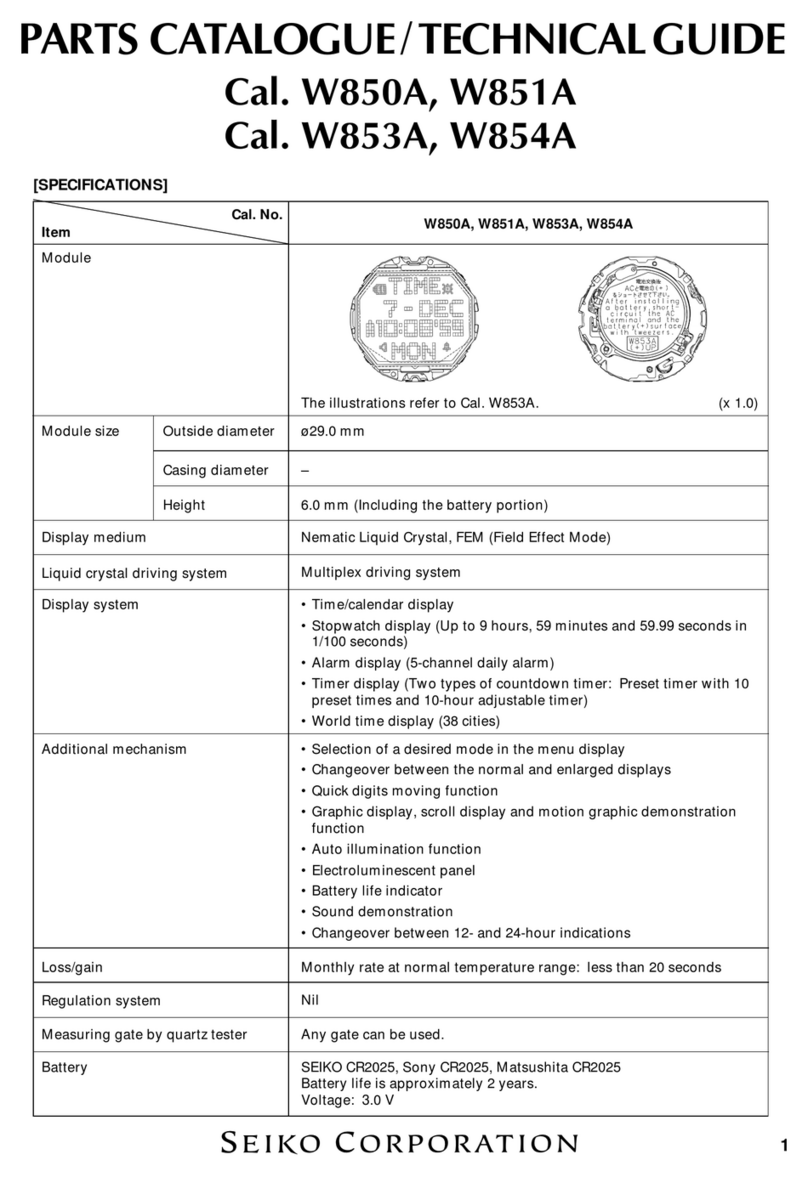
Seiko
Seiko W850A Quick start guide

Seiko
Seiko V657 User manual

Seiko
Seiko Presage SRE010J User manual

Seiko
Seiko GPS SOLAR ASTRON 5X53 User manual

Seiko
Seiko 7T52B Quick start guide

Seiko
Seiko Cal. 9F83 User manual
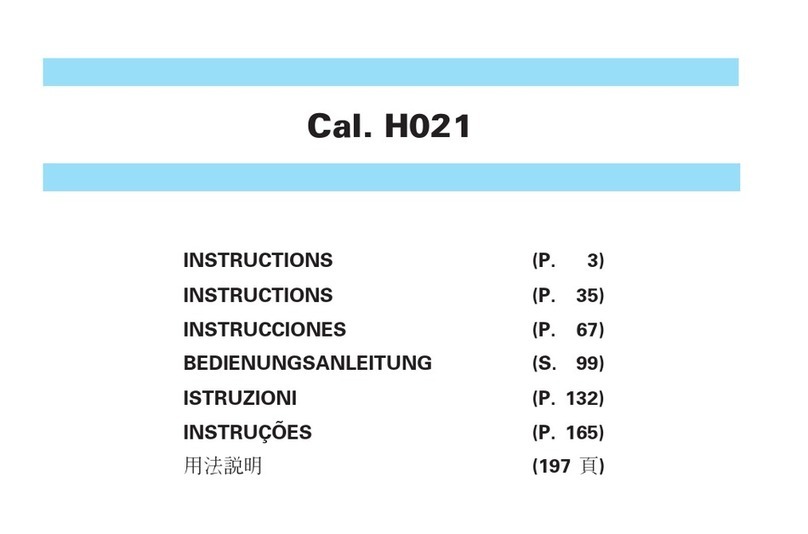
Seiko
Seiko H021 User manual

Seiko
Seiko 8X53 Series User manual

Seiko
Seiko Astron 3X22 User manual

Seiko
Seiko ASTRON 8X42 GPS SOLAR User manual

Seiko
Seiko KINETIC 5M43 User manual

Seiko
Seiko 4F Series Use and care manual
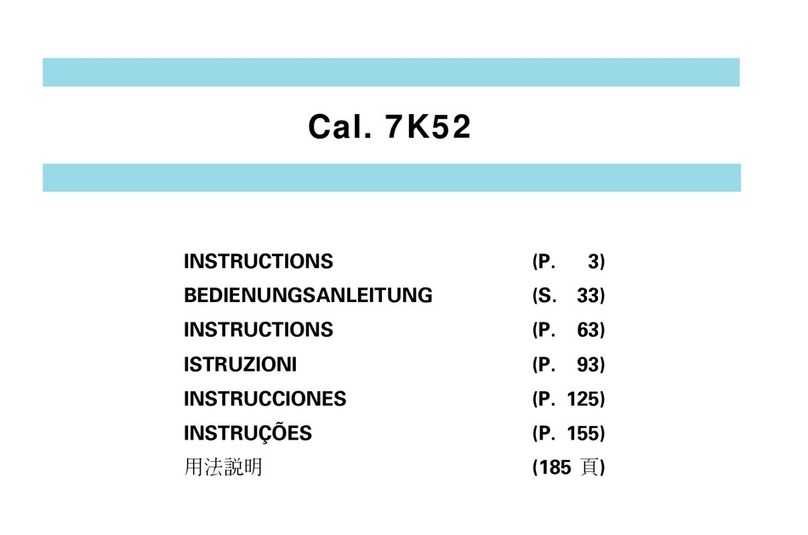
Seiko
Seiko 7K52 User manual

